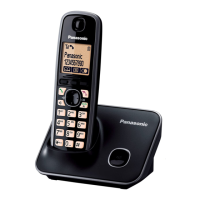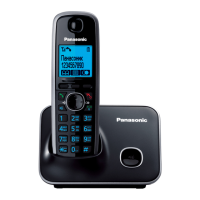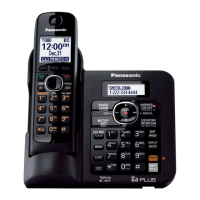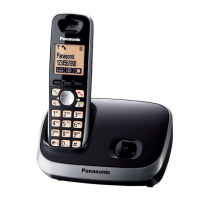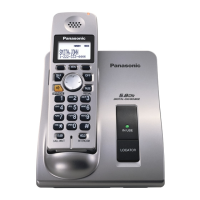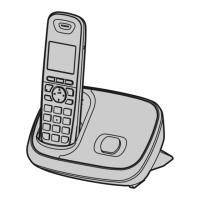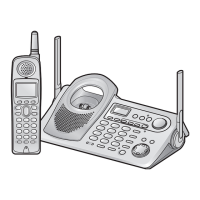Thank you for purchasing a Panasonic product.
Please read these operating instructions before using the unit and save them for
future reference.
This unit is compatible with Caller ID. You must subscribe to the appropriate service
offered by your service provider/telephone company.
Before initial use, see “Getting Started”
on page 11.
Please access our online customer survey:
http://panasonic.net/pcc/tel/q
Operating Instructions
Model No. KX-TG6621E
KX-TG6622E
Digital Cordless Answering System
Model No. KX-TG6611E
KX-TG6612E
KX-TG6613E
Digital Cordless Phone
KX-TG6623E
KX-TG6624E
Model shown is KX-TG6611.
TG6611-6621E(e).book Page 1 Tuesday, December 7, 2010 2:00 PM
